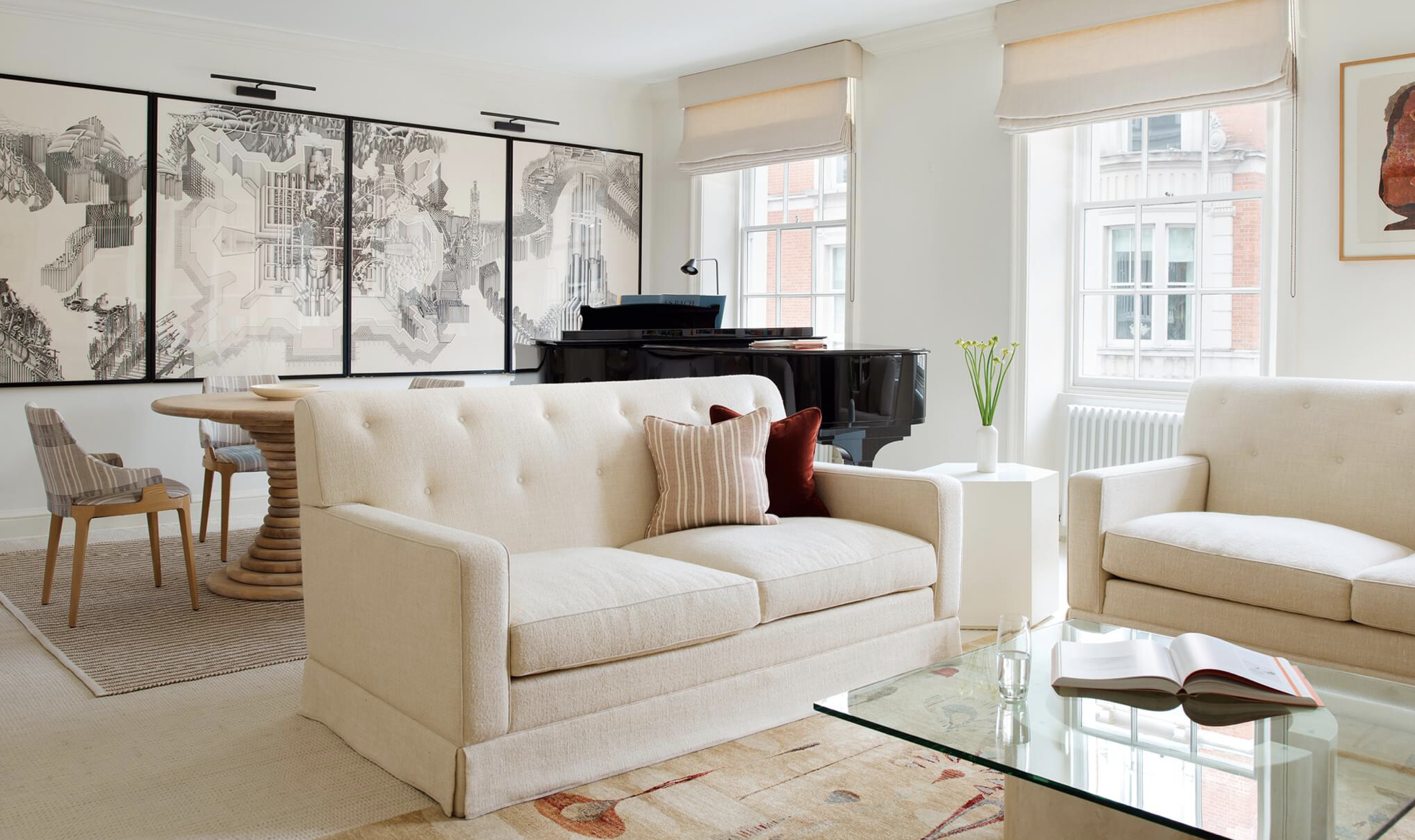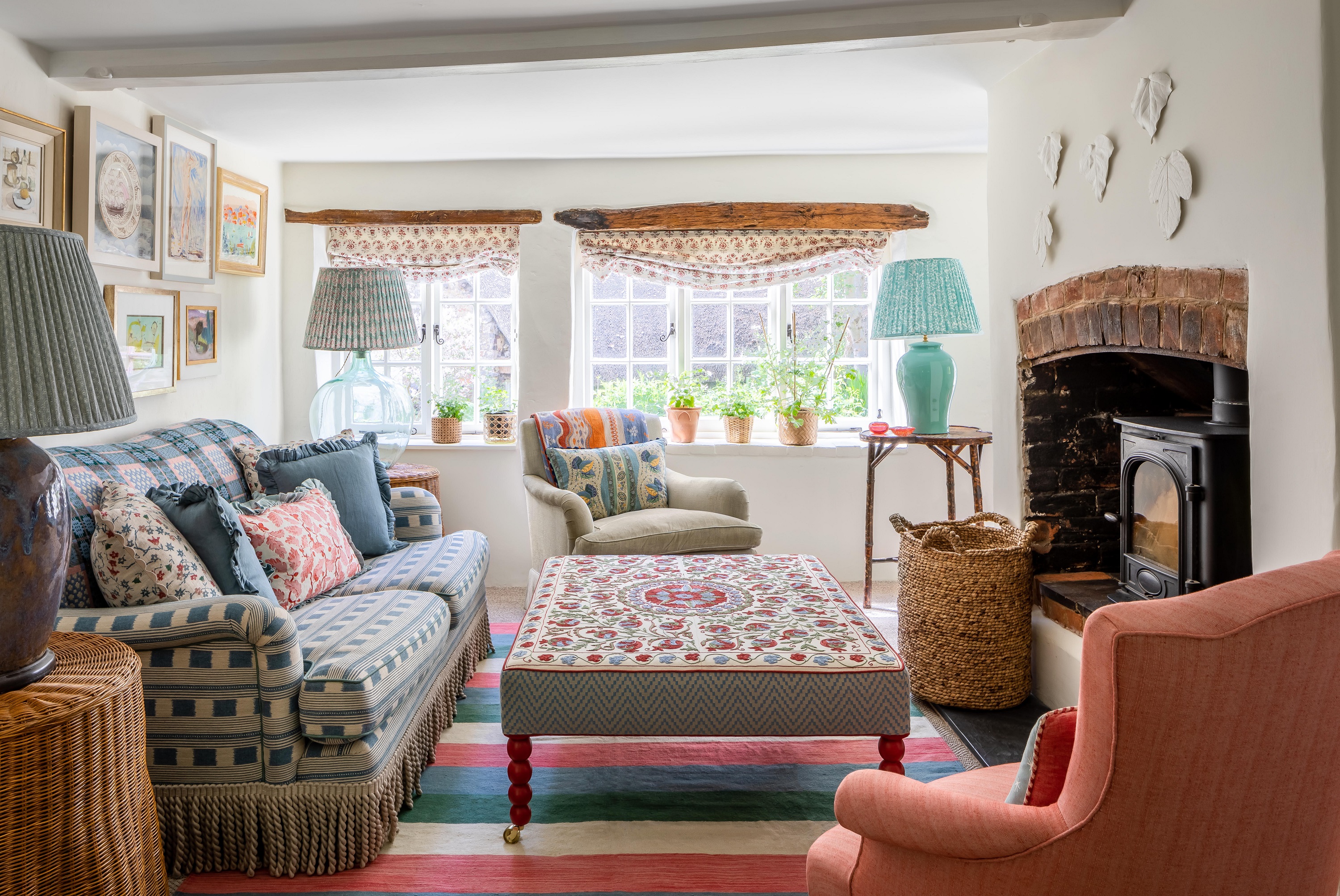Pale and interesting: The textile technology that's bringing back cream interiors
Giles Kime on why cream upholstery is no longer the impractical option it once appeared.


One of the many attractions of The World of Interiors when it was launched in 1981 was the quiet disregard it showed towards anything remotely useful. It was never going to tell you how to hang wallpaper or gather a pencil pleat. Instead, its pages offered a rare glimpse of a world of crumbling châteaux, cobweb-swathed palazzi and dimly lit (but oh-so-charming) hovels, to inspire, not instruct. The unspoken message was that if anything was too practical, it probably wasn’t desirable.
The cover of the first-ever issue of the magazine, published in November of that year, featured the sitting room of interior designer and hotelier Anouska Hempel, to which she lent an ethereal vibe with two immaculate cream sofas. Pale upholstery was nothing new, having been made popular in Britain 50 years previously by decorator Syrie Maugham (who was briefly and unhappily married to William Somerset Maugham) and in the US by the decorator Billy Baldwin, who ‘did’ for no less than John F. Kennedy and Cole Porter.
However smart, opting for a brace of cream sofas is a decision that assumes you either have no dog/toddlers/friends or that you have hot and cold running staff, ready to pounce with a bottle of Vanish when anyone drops a melting Magnum. Cream sofas lend a heavy dose of glamour to any room they grace, but their growing popularity is down to two factors.

One, kitchens tend to be more commodious than those of past generations and we spend more time in them. If we want to sprawl, we do so in a ‘family sitting room’, where owners can subject family alone to the chaos of Playstations, old blankets and squashed Maltesers. Formal sitting rooms have become rarely used shrines to our aesthetic sensibilities, with the good paintings and furniture and erudite hardbacks. Increasingly, they sport a pair of sofas of an ivory hue that see little action.
Another factor is that furnishing fabric is evolving fast; hardwearing, water and stain-resistant weaves developed for outdoor furniture — known as performance fabric — are increasingly being specified for indoor pieces. When used for easily removable slip covers, the idea of cream sofas no longer seems quite so potentially ruinous or high maintenance. For the fastidious, the other advantage of upholstery that shows the dirt, rather than hides it, is that it’s clean.

Revolution or evolution? The reinvention of cottage interiors
Bright and beautiful new ideas to pep your home, from Britain's best interiors experts
Exquisite houses, the beauty of Nature, and how to get the most from your life, straight to your inbox.
